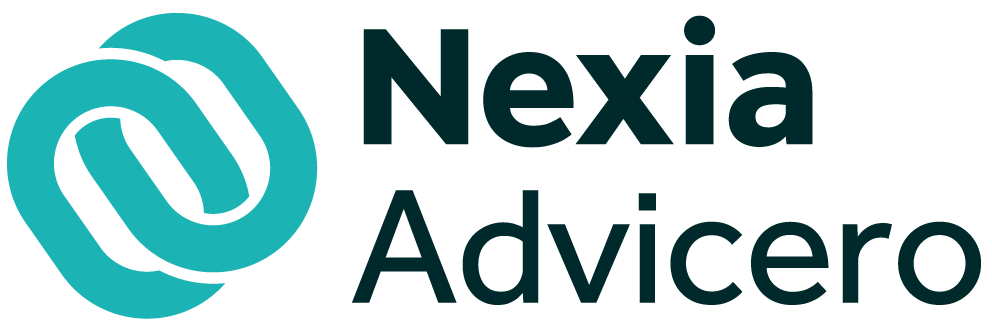A tax audit raises many concerns on the part of taxpayers. It is connected with the fact of verification of correctness of fulfilment of taxpayer’s obligations, but also with incurring of sanctions for failure to fulfil them. In this article, we will present the course of the audit in order to raise awareness, and thus familiarise taxpayers with the subject and allow them to learn about their rights. This knowledge will help to protect against possible abuses related to the course of a tax audit.
Regulation of control
The basis for conducting a tax inspection is the Tax Ordinance, and more specifically its Section VI entitled “tax inspection”. Pursuant to Article 281 § 1 of the said Act, tax authorities of first instance carry out a tax inspection at the premises of taxpayers, payers, collectors and legal successors, hereinafter referred to as “audited”. In accordance with the wording of this provision, the purpose of a tax inspection is to check whether the audited persons comply with their obligations under tax law.
Authorities entitled to conduct an audit
As it was stated before, the inspection is carried out by first instance authorities, which include: head of the tax office, head of the customs office, director of the tax chamber, director of the customs chamber. In addition, these are also authorities such as: head of the commune, mayor, president of the city, starosta, marshal of the voivodship.
Notification of the controlled person
An important feature of a tax audit is that it is initiated ex officio, and not on request. As a rule, tax authorities notify the controlled person of their intention to initiate a tax inspection. The legal basis in this respect is Article 282b of the Tax Ordinance, however, it points to the reservation of Article 282c, which enumerates numerous cases when the authority does not notify about the initiation of control. However, it is worth verifying this obligation of the authority in each single case and possibly pointing out an error in this scope.
A tax authority initiates control not earlier than after the lapse of 7 days and not later than after the lapse of 30 days from the date of delivery of such notice. Furthermore, if a control has not been initiated within 30 days of the service of the notice, the initiation of the control shall require a new notice.
Notice
The notice has a template specified by the Ordinance of the Minister of Finance of 19.07.2019 on the template of the notice of intention to initiate a tax inspection – form ZAW-K. In addition, in accordance with Article 282b § 4. The notice shall contain: the designation of the authority, the date and place of issue, the designation of the controlled person, an indication of the scope of control, an instruction on the right to file a correction to the declaration, the signature of the person authorized for the notice.
Duration of control
Pursuant to Article 284b of the Tax Ordinance, a tax inspection should be completed without undue delay, however, not later than by the deadline indicated in the authorisation. It is worth bearing in mind that the tax inspector is obliged to notify the taxpayer in writing of any failure to complete the tax inspection in a timely manner and to provide the reasons for prolonging the inspection.
The duration of inspections is also limited under Article 55 of the Entrepreneurs’ Law. According to the provision, the duration of all inspections in one calendar year is, depending on the status of the entrepreneur:
– 12 working days – micro entrepreneurs,
– 18 working days – small entrepreneurs
– 24 working days – medium entrepreneurs,
– 48 working days – other entrepreneurs.
However, the above applies only to inspections carried out by tax offices according to the provisions of the Tax Ordinance.
Inspection protocol
A tax inspection conducted by a tax authority ends with a protocol, which should contain the data specified in Article 290 § 2 of the Tax Ordinance. The protocol is drawn up in two copies. One of the copies is delivered to the controlled person. The controlling person may disagree with certain findings included in the protocol of control, then within 14 days from the date of delivery he presents his reservations and explanations – if he does not agree with the results of the control. Alternatively, he may file a correction of the declaration which is consistent with the findings of the inspection, but then he deprives himself of the possibility to further defend his interests. This is one of the rights of the controlled person. We will write more about the rights of the controlled person in other articles on our blog.

